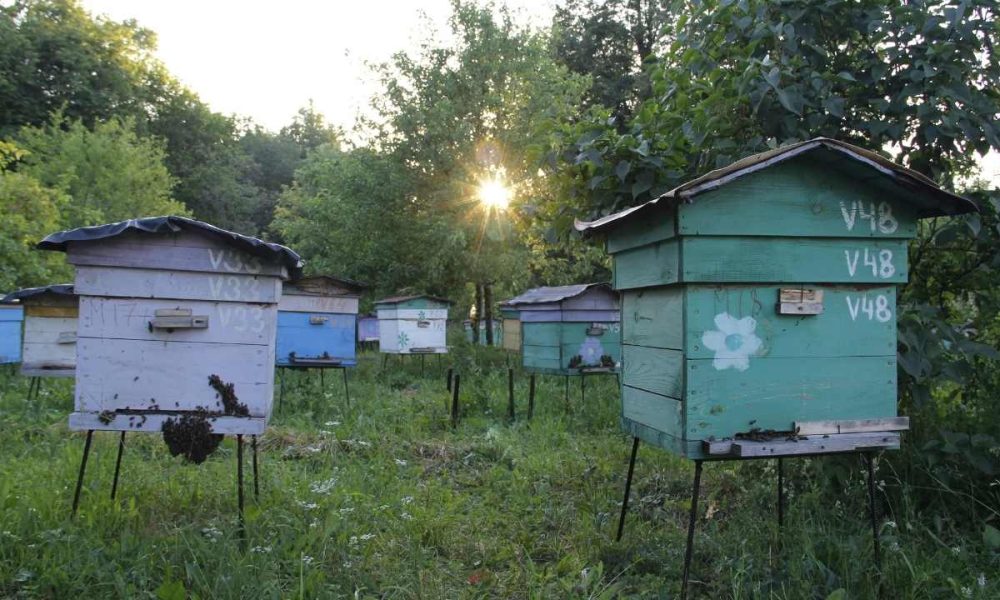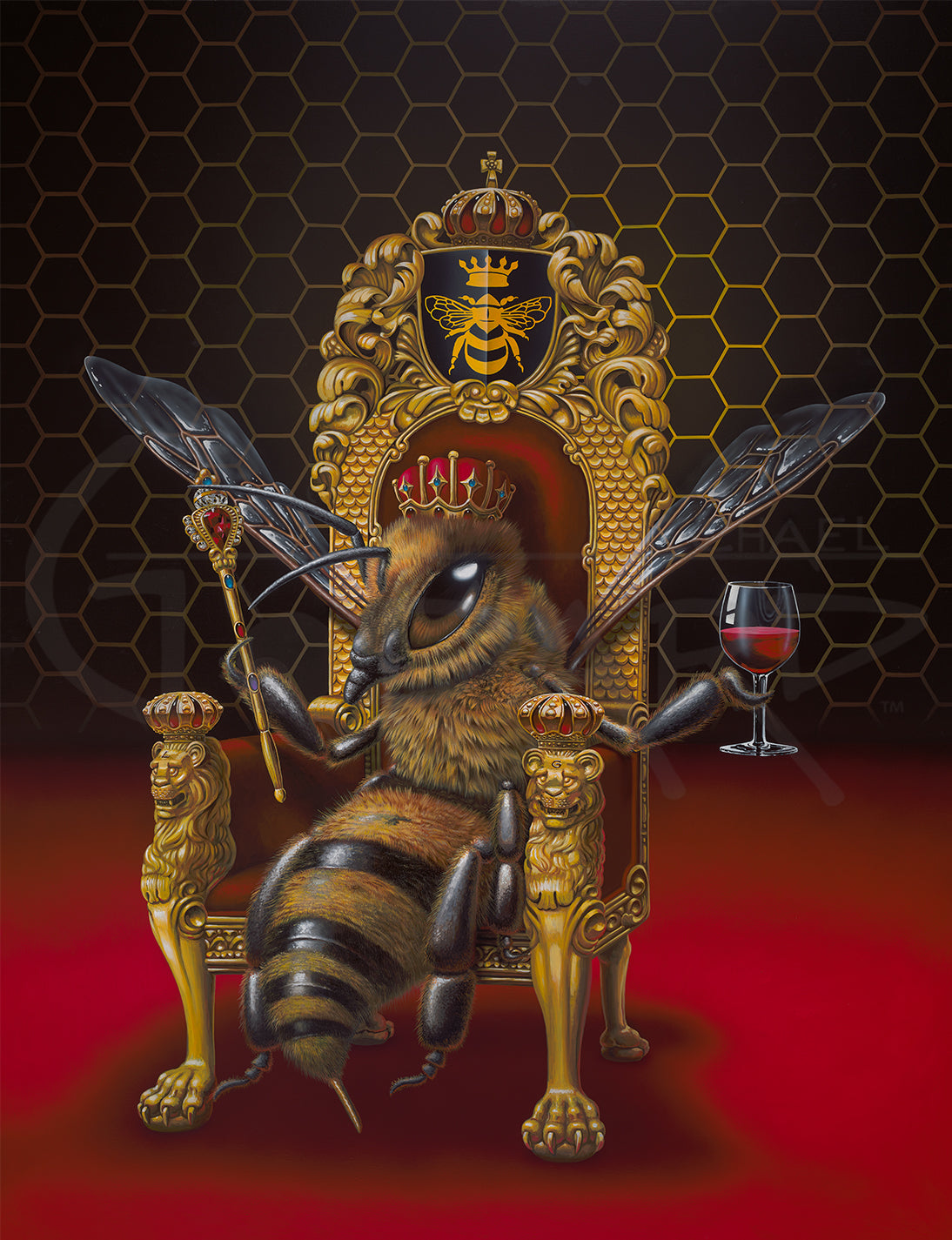
As a beekeeper, you are the keeper of a bustling and complex community. Your bees work tirelessly to produce honey and pollinate crops, but they also have another important task: swarming. Swarming is how honeybees reproduce and create new colonies, but it can also be a nuisance for beekeepers who want to maintain control over their hives. In this article, we will explore smart tactics for swarm prevention and hive splitting so that you can keep your bees happy and healthy while also maintaining a productive apiary.
First, let’s delve into the biology of swarming. Swarms occur when the colony has outgrown its current space or when there is an abundance of resources in the environment. The queen bee will leave with a group of worker bees to find a new location for their colony while leaving behind some workers to care for any remaining brood and collect nectar. While this process is natural and necessary for the survival of honeybees, it can also lead to decreased productivity in your apiary if not properly managed. By understanding the biology behind swarming, you can take proactive measures to prevent it from happening or use hive splitting as a way to control it.
Understand the Biology of Swarming
It’s important to grasp the biology of bees’ swarming behavior to effectively manage their colonies. Queen management and brood manipulation are two essential aspects that you need to learn in order to prevent a swarm from happening. Bees swarm because they want to reproduce and start a new colony elsewhere, leaving the old one behind with a new queen.
One way to control swarming is through proper queen management. You should ensure that your hive has a young and healthy queen who can lay eggs efficiently. If your queen is old or sickly, she may not produce enough pheromones that keep the colony together, which could lead to swarming. Another technique is brood manipulation, which involves removing some frames of brood (eggs and larvae) from the hive before they hatch. This reduces congestion in the hive and delays the urge for bees to swarm as they would want to wait until all their young have hatched before leaving. Understanding these techniques will help you identify signs of swarming early on so you can take action before it’s too late.
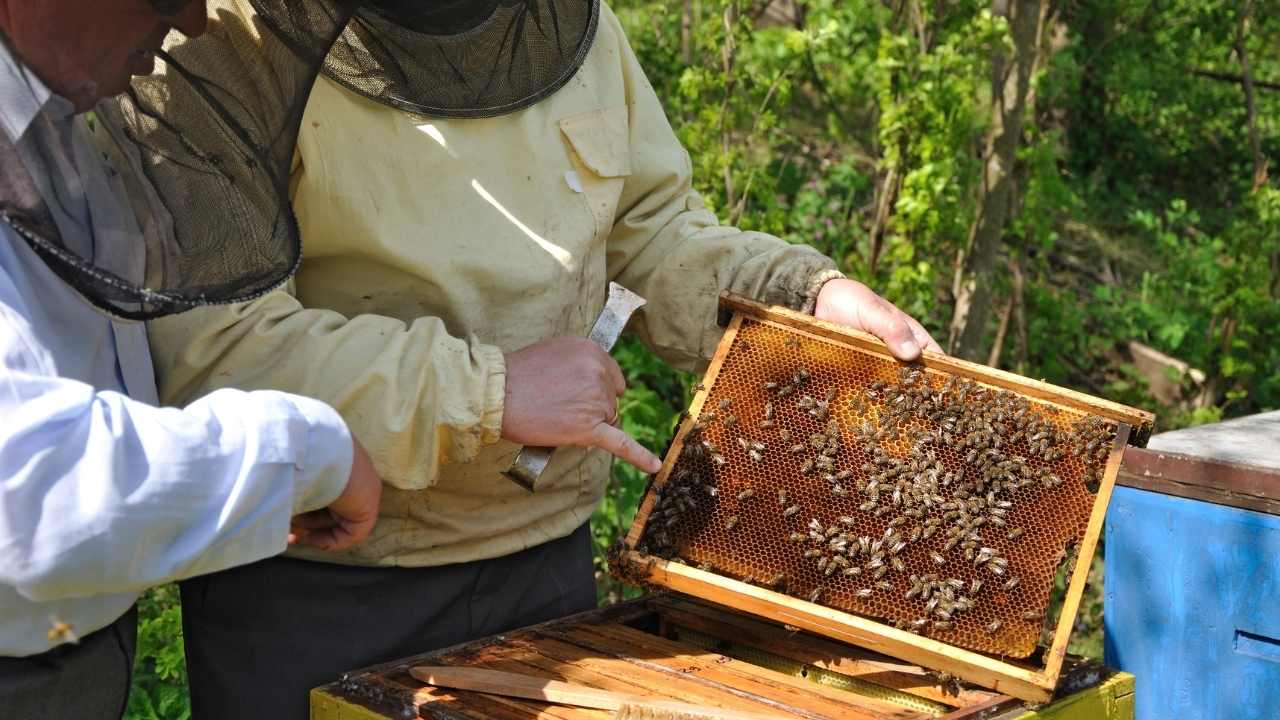
Identify the Signs of Swarming
Knowing when your bees are preparing to split and swarm is crucial for beekeepers who want to maintain healthy hives. Recognizing behavior changes in the hive can help you identify the signs of swarming before it happens. Environmental factors also play a role, so it’s important to be aware of changes in weather patterns or food sources.
To recognize the signs of swarming, keep an eye out for the following behaviors:
- Increased activity around the entrance of the hive
- Bees may be seen fanning their wings at the entrance, which is a sign that they are trying to cool down the hive temperature as they prepare to leave.
- Queen cells being built
- The presence of queen cells usually indicates that there is an intention to swarm soon.
If you notice any of these behaviors, it’s time to take action and prevent swarming from occurring. By understanding and recognizing these behaviors early on, you can save your bees from potentially leaving and ensure a healthy and productive hive.
Preventing Swarms
To avoid your bees from leaving and maintain a thriving colony, it’s worth exploring whether certain methods like adding supers and checkerboarding can be effective in mitigating the risk of swarming. Adding supers is one of the most commonly used techniques to prevent swarming as it gives the queen more space to lay eggs and reduces congestion in the hive. This method involves placing an additional box on top of the existing ones, which creates more room for honey storage or brood rearing.
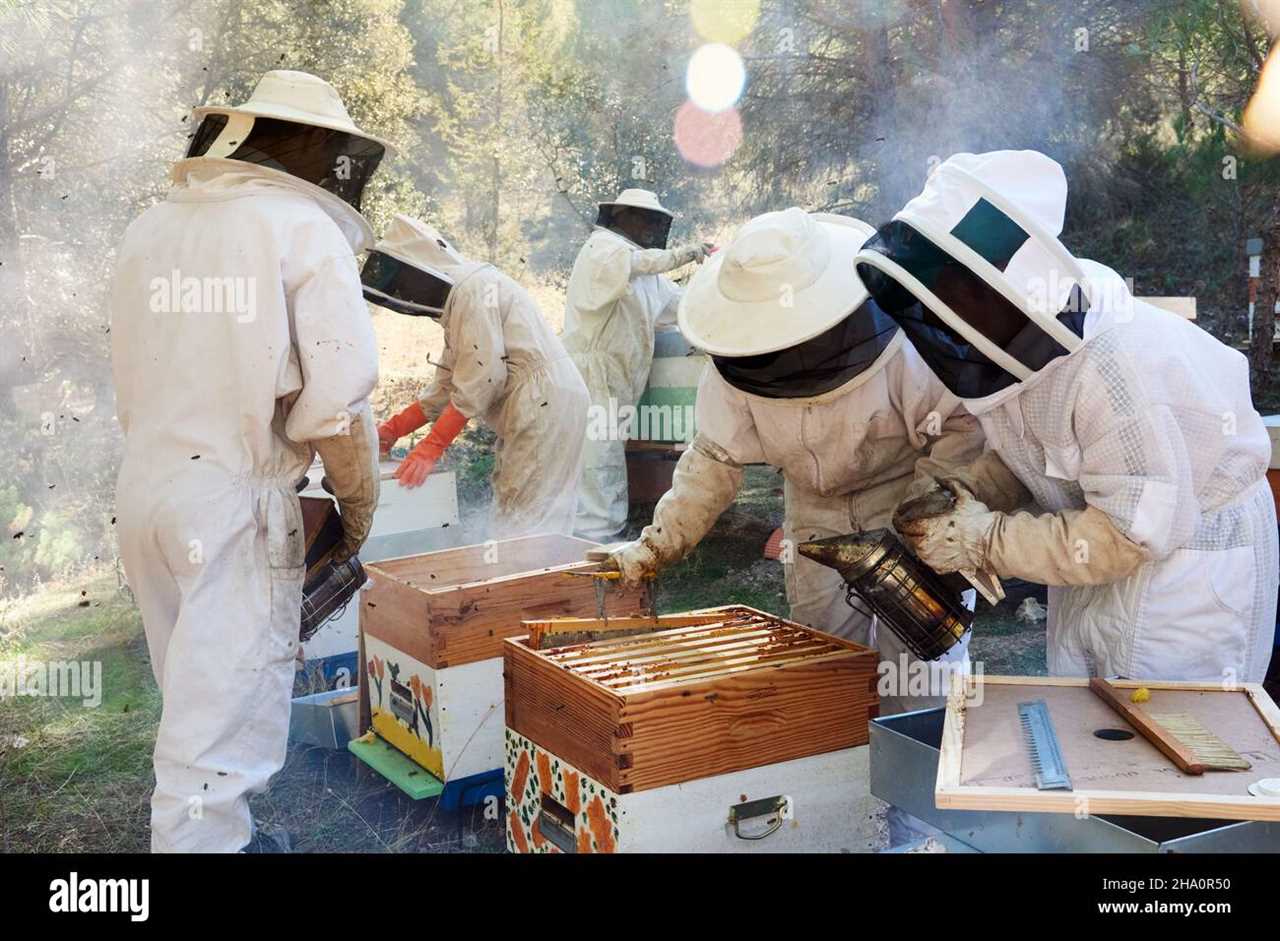
Another technique that beekeepers use to prevent swarming is checkerboarding. This involves rearranging frames so that there are empty spaces between them, which tricks the bees into thinking they have more room than they actually do. Queen management is also crucial when dealing with swarms. Regularly checking for queen cells and removing them can prevent a swarm from occurring altogether. Additionally, having swarm traps set up near your hives can help catch any potential swarm that may occur. With these preventative measures in place, you can greatly reduce the likelihood of losing your bees through swarming and ensure a productive colony without any disruptions or interruptions.
In order to expand your apiary or manage an overcrowded hive, hive splitting may be necessary. But before we delve into this process, let’s first explore how it works and what you need to consider before attempting it.
Hive Splitting
If you want to expand your beekeeping operation or manage a crowded colony, hive splitting may be a viable option that requires careful consideration and planning. Hive splitting is the process of creating two or more colonies from one existing colony by separating the bees, brood, and honey stores into different hives. This technique can help control the growth of an overcrowded colony and prevent swarming.
Queen management is crucial when it comes to hive splitting. You want to make sure that each split has a queen capable of leading her own colony successfully. One approach is to create artificial swarms by removing the old queen and dividing the bees into two new hives with separate queens. Another method involves purchasing a new queen or allowing for natural queen rearing within each split. Regardless of which method you choose, proper feeding and monitoring are essential for successful hive splits as well as ensuring continued colony growth.
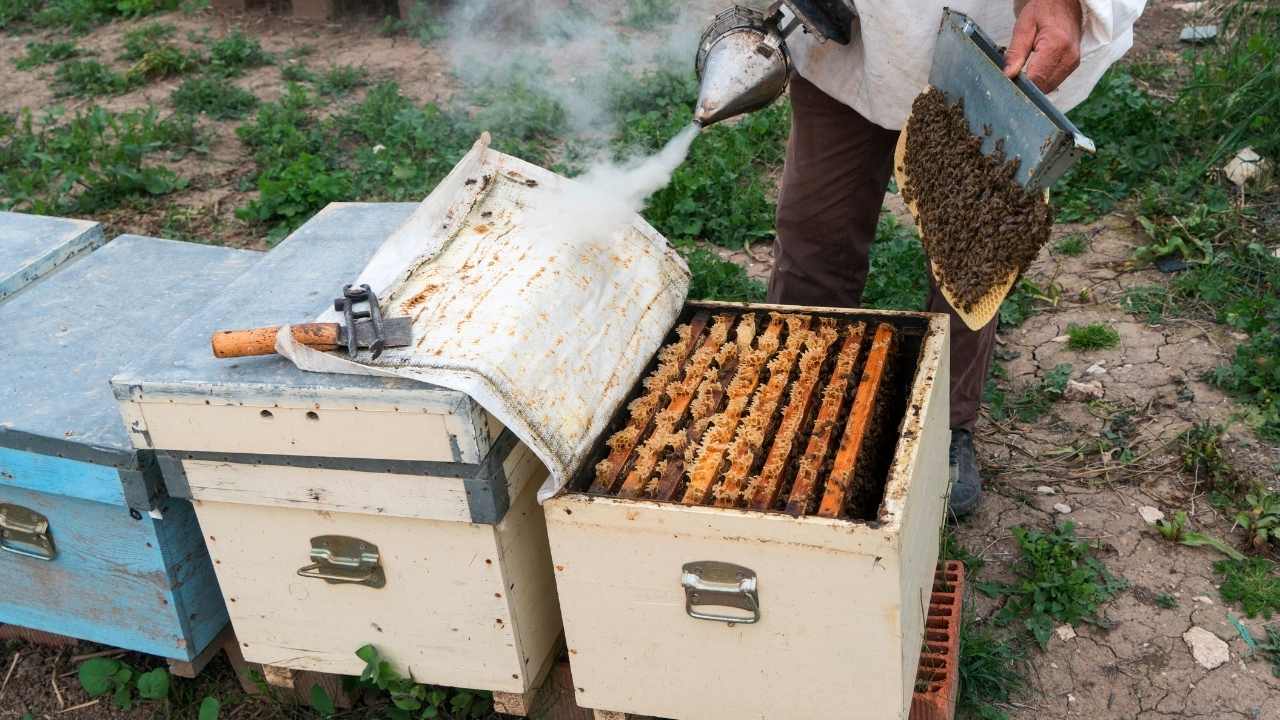
When considering swarm prevention tactics, hive splitting can be a useful tool in managing your beekeeping operation effectively. However, if you find that your colonies have already produced swarms, don’t worry—there are steps you can take to capture them safely without harming the bees or yourself.
Swarm Capture
You’re going to love this part because you get to be a real-life bee hero and save those buzzing beauties from certain doom! Swarm capture is an important skill for any beekeeper, as it can help prevent the loss of a valuable colony. Here are some tips on how to successfully capture a swarm:
- Have the right equipment: You’ll need a bee suit, gloves, veil, smoker, and hive tool for protection. Additionally, you’ll need a swarm trap or box to transport the bees.
- Act quickly: Swarms can move fast and may not stay in one place for long. Be prepared to act quickly when you spot one.
- Position your trap correctly: Place your trap in an open area where it’s visible to the swarm. Make sure that the entrance is facing south or southeast so that it gets morning sun but is shaded during hot afternoons.
- Use pheromones: Spraying lemongrass oil inside your trap can help attract swarms.
- Be patient: It may take several hours or even days for the swarm to fully enter your trap.
If successful, capturing a swarm can provide you with a new colony of bees without having to purchase one. However, prevention is key in avoiding swarming altogether.
Swarm capture is just one method of managing swarms – prevention through hive splitting being another effective option. In order to ensure healthy colonies and avoid potential issues with swarming behavior, it’s important for beekeepers to have knowledge of both methods.
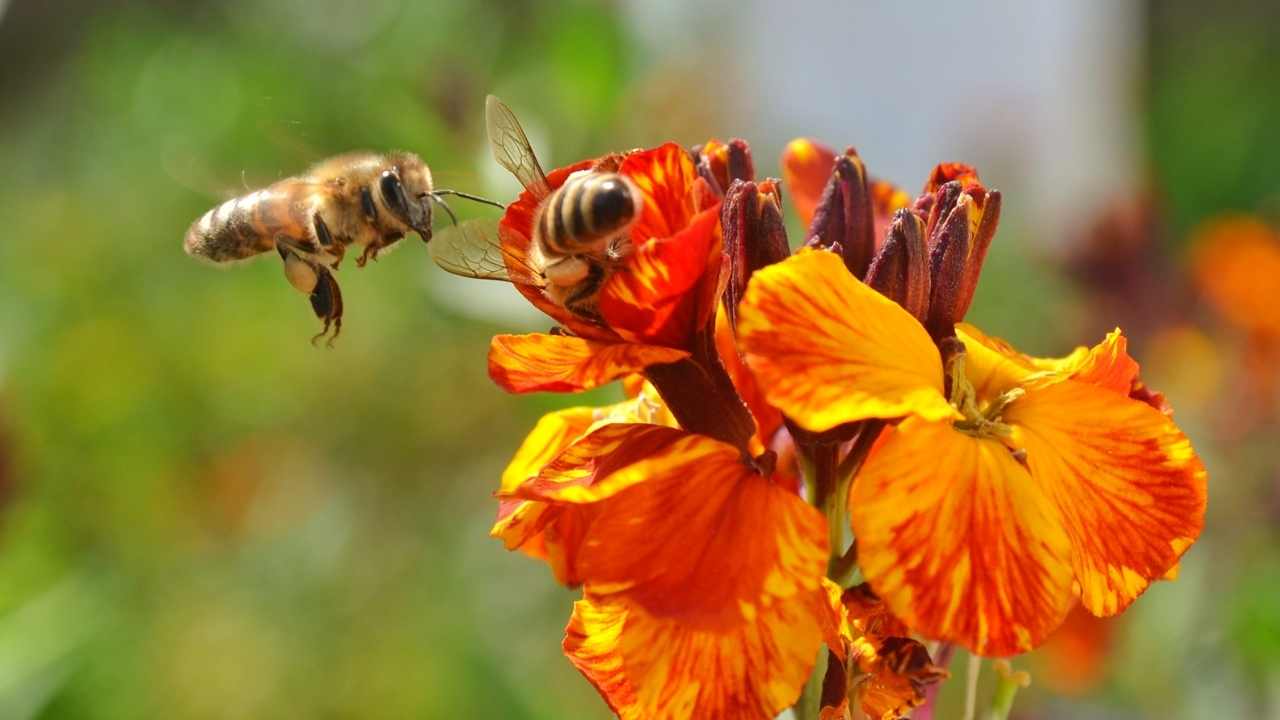
Conclusion and Additional Resources
As we wrap up, it’s worth noting that beekeeping can be a truly fulfilling hobby with the potential to positively impact both the environment and our own lives. However, keeping bees also comes with its fair share of challenges, especially when it comes to preventing swarms and splitting hives. One key factor in successful beekeeping is timing – knowing when to perform certain tasks such as adding supers or conducting hive inspections can make all the difference in preventing swarming.
For those interested in getting started with beekeeping or looking for additional resources, there are plenty of options available online and at your local library or beekeeping association. From beginner guides to advanced techniques, there is something for everyone no matter what level of experience you have. By taking advantage of these resources and staying informed on best practices for swarm prevention and hive splitting, you can ensure a healthy colony and enjoy all the benefits that come with this rewarding hobby.
Frequently Asked Questions
How long does it take for a bee colony to recover after a swarm?
So you’re wondering how long it takes for a bee colony to recover after a swarm, huh? Well, let’s just say it’s not exactly like waiting for your hangover to disappear after a wild night out. The recovery timeline depends on several factors such as the size of the swarm, the strength of the remaining bees, and the availability of resources. Generally speaking, it can take anywhere from a few weeks to several months for a colony to fully bounce back. And don’t forget about those pesky mites and diseases that can further delay recovery. But hey, don’t worry too much – with proper care and attention, your little buzzing friends will be back in action before you know it!
Can swarming be prevented through genetic selection of queen bees?
If you’re looking to prevent swarming in your bee colony, genetic selection of queen bees may be a viable option. The characteristics of the queen bee can have a significant impact on the behavior and productivity of the hive. By selectively breeding queens with desirable traits such as reduced swarming tendencies, increased honey production, and improved disease resistance, you can help ensure a healthier and more productive colony. However, it’s important to note that genetic selection is just one tool in swarm prevention and should be used in conjunction with other tactics such as regular inspections, proper feeding and ventilation, and timely hive splitting. With careful attention and management, you can help keep your bees happy and healthy while minimizing the risk of swarming.
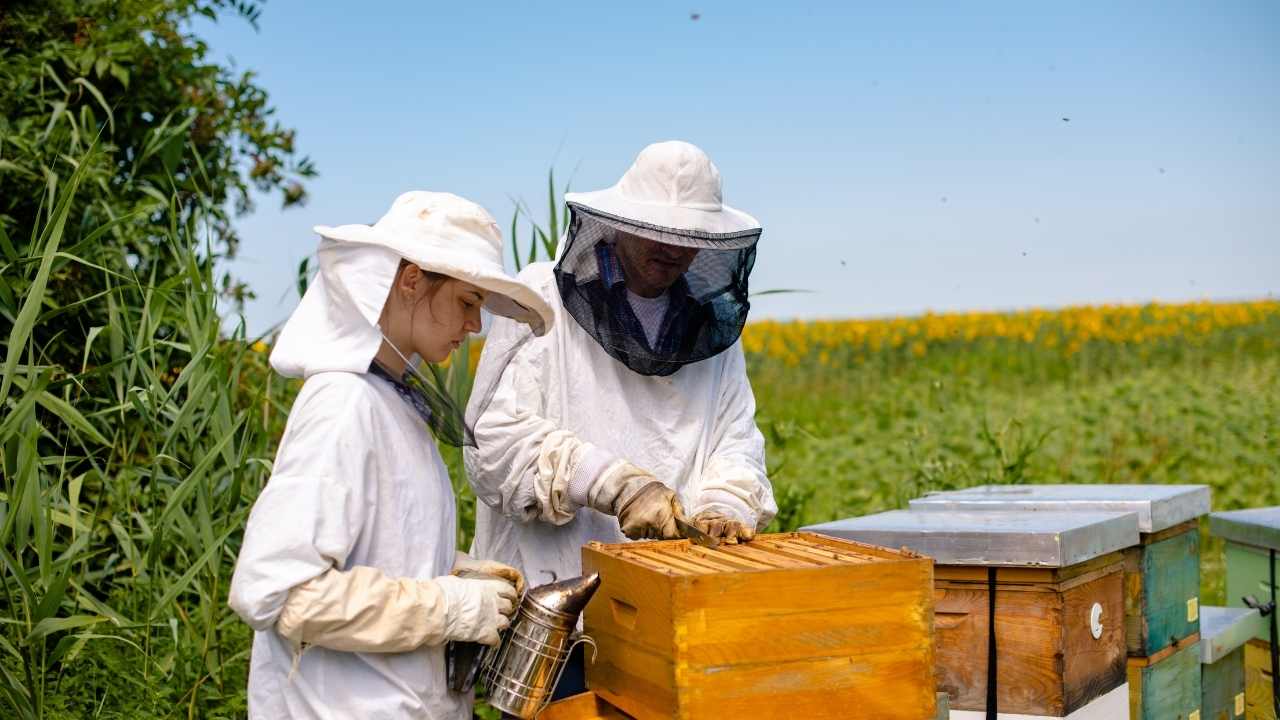
Is it possible to split a hive too many times in a season?
Splitting a hive too many times in a season can be likened to overindulging in your favorite treat. At first, it feels satisfying, but eventually, you’ll reach your limit and experience negative consequences. Similarly, while hive growth is exciting, splitting it too many times can lead to weakened colonies and increased risk of swarming. It’s essential to strike a balance between hive expansion and swarm prevention by carefully monitoring the colony’s population size, brood production, and honey stores before deciding to split. Additionally, ensure that each split has adequate resources and strong queen genetics to thrive independently. Remember that serving the needs of your bees means making informed decisions for their overall health and success.
What is the best way to capture a swarm that has already left the hive?
Capturing a swarm that has already left the hive can be tricky, but with the right techniques and equipment, it is possible. The first step is to locate the swarm and determine its location. Once located, you will need a beekeeping suit and gloves for protection, as well as a bee brush to gently move the bees into a capture box or hive body. It’s important to work quickly and efficiently to prevent the swarm from dispersing or finding another location. Smoker fuel may also be used to calm the bees during capture. Overall, successful swarm capture techniques require knowledge of bee behavior, proper equipment, and careful handling of the bees.
Are there any natural predators that can effectively control a bee swarm?
When it comes to controlling bee swarms, there are natural predators that can help keep them in check. Some of these predators include birds such as the shrike and the flycatcher, as well as mammals like bears and skunks. However, while these predators may be effective at deterring bees from settling in a particular area, they are not a reliable method for swarm prevention or hive splitting. Additionally, using natural deterrents like citronella oil or peppermint spray can also help keep swarms away, but again, they should not be relied upon solely for control. Ultimately, the best way to prevent swarms is through proper hive management techniques and regular inspections by experienced beekeepers.
Conclusion
Congratulations! With this knowledge, you are now equipped to prevent swarms and even split your hive if necessary. Remember that understanding the biology of swarming is key in preventing it from happening. Keep an eye out for signs of swarming such as queen cells or a sudden decrease in honey production.
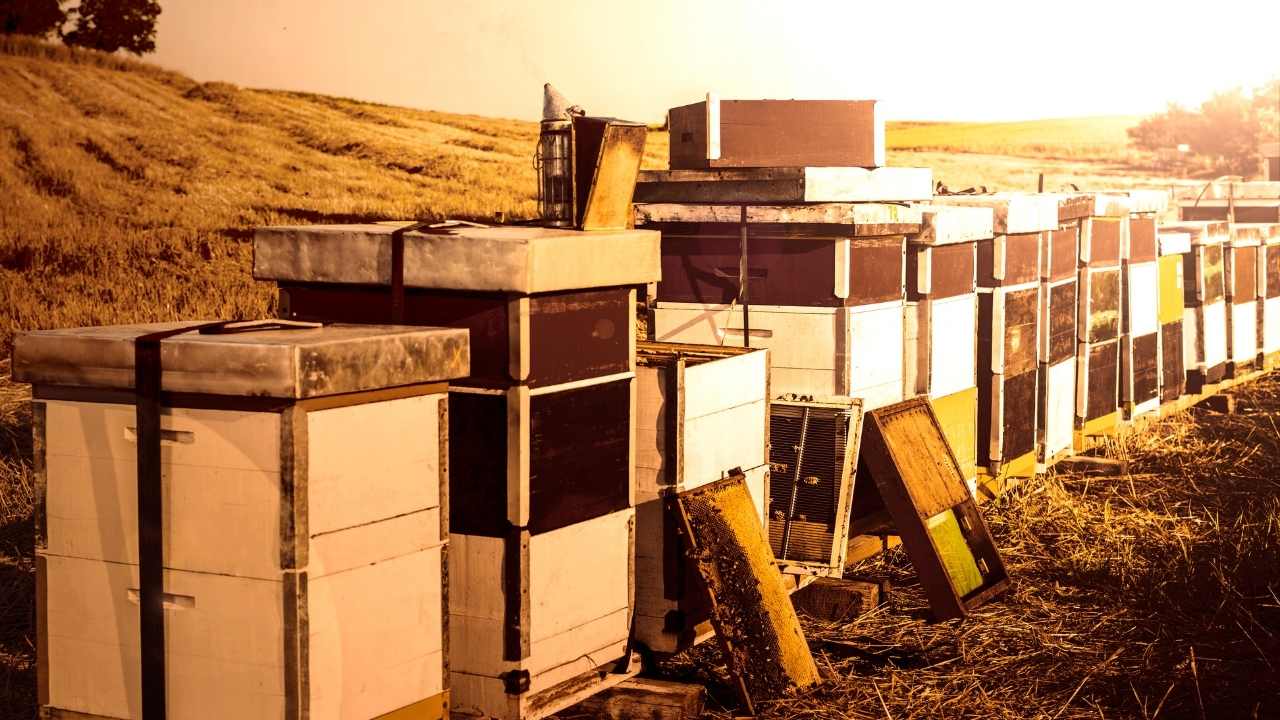
Preventing swarms can be achieved through various tactics such as providing ample space for your bees, keeping up with regular hive inspections, and manipulating the brood nest. If a swarm does occur, don’t panic! You have the option to capture it and add it to another hive or sell it to another beekeeper.
One concern you may have is the potential harm of splitting a hive. Rest assured that when done correctly, hive splitting is actually beneficial for both you and your bees. It allows for increased colony growth and productivity while also decreasing the likelihood of swarming. Plus, with these smart tactics in place, you will have happy, healthy bees producing delicious honey for years to come.

Hello! My name is Noel Calvin. I graduated from UCLA and now work as a writer at Launch Ninjas. I write blog posts that inspire and guide our readers in their entrepreneurial pursuits. I live in Pleasantville, NJ, with a peaceful yet lively atmosphere that inspires me.
Writing stories is more than just a job for me. It allows me to share my observations and satisfy my curiosity about the world. I combine my analytical skills with creative enthusiasm to delve into technology trends and startup stories. But my life isn’t limited to screens and keyboards. I value loyalty, passion, and a touch of old-fashioned charm, which I infuse into every narrative I create.
I love spending time in my garage, jamming with my band when I’m not writing. Playing the guitar and singing bring me immense joy. I also enjoy capturing ordinary and extraordinary moments through my camera lens and exploring new culinary adventures that excite my taste buds. I’m always seeking new experiences.
My family is very important to me. Joyful Sunday brunches filled with laughter and intense board game nights keep me grounded, reminding me of life’s simple pleasures.
In my world, every moment is an opportunity for discovery. Every discovery is a story worth sharing, whether a heartfelt moment at home or the pulse of technological innovations. Join me as I navigate through life, one blog post, one guitar strum, and one heartwarming family dinner at a time.

